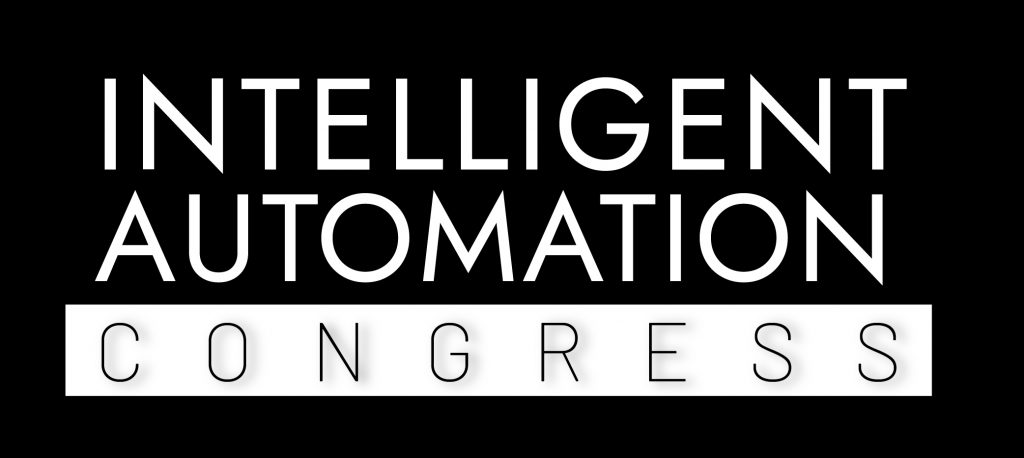What impact will Chat GPT have on the Intelligent Automation market?
An article by Vincenzo Marchica.
15th June 2023
In this article we are going to explore the advantages and limitations of an AI software such as Chat GPT and the impact a similar tool may have in the short and long term on the market.
What is Chat GPT and how does it work?
Chat GPT is an interface that understands human language and is able to establish a
conversation with human users by responding in a very natural way. The tool was developed
by the OpenAI company and is based on Artificial Intelligence. This innovative chatbot aims
to make interaction with artificial intelligence systems increasingly natural and intuitive.
Chat
GPT leverages machine learning techniques based on a large amount of data. We can type
or ask the interface anything and it will be able to respond clearly by pulling from its
knowledge base. Chat GPT's memory is constantly expanding.
OpenAI is an Artificial Intelligence research and deployment company. The organization has
been working for years on this new tool, the great benefits of which we can now finally enjoy.
The benefits of Chat GPT
Chat GPT allows users to save time by speeding up some tasks and eliminating some of the repetitive and uncreative work we usually have to do. The interface represents a real assistant and, as such, is very useful in performing the most mechanical and repetitive actions of human work. The system needs even just a few inputs to quickly generate complete answers to users' questions. It can invent stories, write e-mails, change the literary genre of a text or its tone of voice, write Java codes, and many other functions. Artificial Intelligence allows it to respond efficiently even to very complex tasks.
The limits of Chat GPT
Chat GPT generates fairly complete answers that often need to be revised and corrected. The system processes impersonal texts that require human input, the addition of details that make the response empathetic, natural, and genuine. In writing an email, for example, we may need to add context or our own personalization, to make the text less aseptic. In fact, AI is an interesting but fallible support. There are several examples of errors and inaccuracies committed by Chat GPT. Therefore, it is essential to double-check Chat GPT's texts and responses to make sure they are correct and complete.
What is ‘Reinforcement Learning from Human Feedback’?
Chat GPT makes use of a technique called "Reinforcement Learning from Human Feedback" aimed to train the language model to respond naturally and colloquially to users. OpenAI programmers have incorporated this "reinforcement" to try to limit the side effects and issues that can arise from unsupervised interactions with AI. When Chat GPT talks to the user, in an unsupervised manner, it might take inappropriate information. For example, it might use racist, xenophobic, or sexist expressions. These deviations can be avoided through reinforcement algorithms, which limit the technology's ability to expand and learn. They prevent Chat GPT from reading any kind of content, which is what humans can actually do.
The limits of Chat GPT
Chat GPT will change our approach to writing. We will almost certainly find ourselves using
the system as an assistant in writing texts such as emails, posts, articles or even books. The
important thing, however, will be to not overdo it but to employ the tool only as a support.
In fact, Chat GPT represents a revolution, especially in the area of Intelligent Automation
software and systems that have filled the market of chats, chatbots and virtual assistants in
recent years.
The system could also affect all those software dealing with document understanding.
Soon
Chat GPT will be able to read documents and generate extractions from them.
Microsoft, for example, has realized the impact Chat GPT will have on the market and has
chosen to invest in the OpenAI company, integrating the system on its various platforms.
On
Teams we will be able to have a summary of the meeting once it is over.
Eventually, it will become increasingly difficult to tell whether a piece of content has been
written by a human being or produced by an AI. But we will find it out soon.




